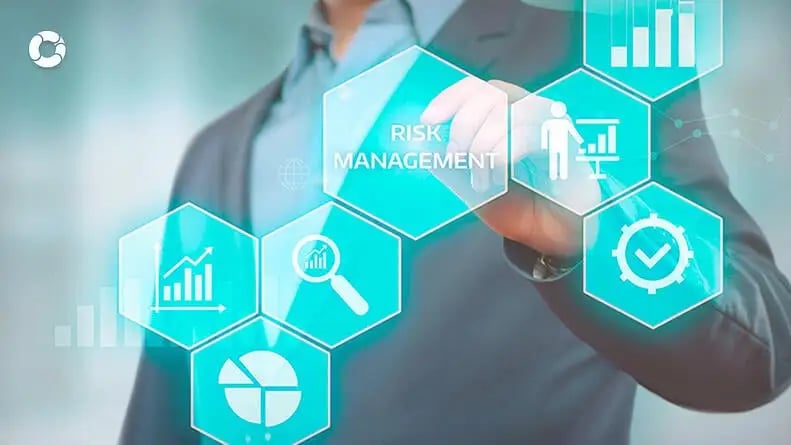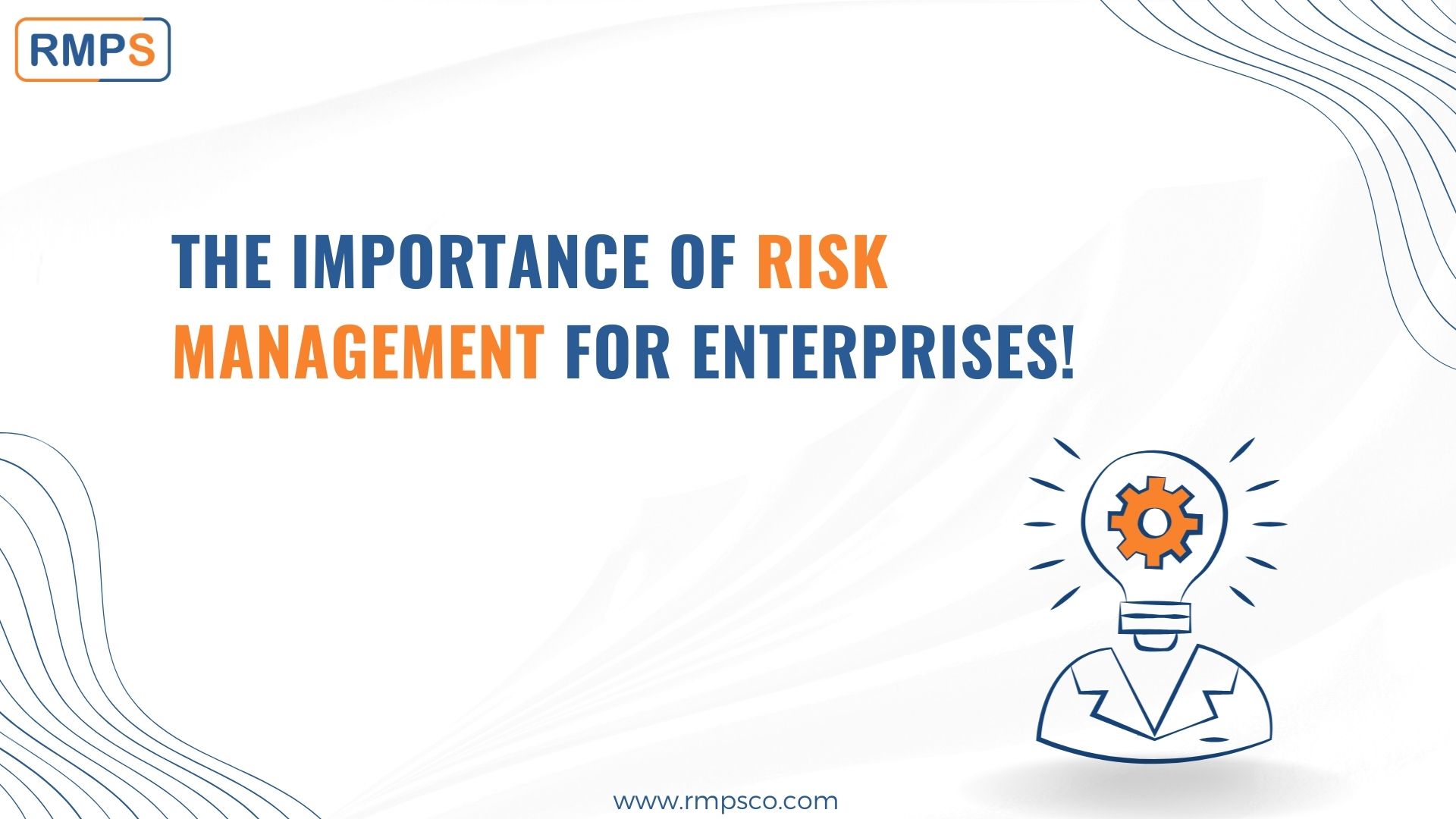The Importance and Importance of Risk Management in Ensuring Business Continuity
The Importance and Importance of Risk Management in Ensuring Business Continuity
Blog Article
Discovering the Significance of Risk Management for Effective Decision-Making Strategies
In the elaborate globe of organization, Risk Management emerges as an important factor in the decision-making process. The ability to determine possible hazards and chances, and plan as necessary, can spell the difference between success and failure.
Comprehending the Principle of Risk Management
Risk Management, an essential component in decision-making, is typically misinterpreted or oversimplified. Normally, it describes the recognition, analysis, and prioritization of threats to decrease, monitor, and control the probability or impact of unfortunate events. However, it's not merely about stopping adverse results, yet likewise about recognizing prospective chances. Risk Management entails organized and regimented strategies, using data and informative analyses. It needs a thorough understanding of the organization's context, objectives, and the prospective risks that can obstruct them. From financial unpredictabilities, lawful responsibilities, tactical Management mistakes, to accidents and all-natural catastrophes, it deals with various threats. Significantly, reliable Risk Management is not stagnant; it's a constant, forward-looking procedure that develops with transforming scenarios.
The Function of Risk Management in Decision-Making Processes
In the realm of critical planning and business operations, Risk Management plays an integral function in decision-making procedures. It assists in identifying prospective threats and uncertainties that might influence the success of company goals. By mapping these dangers, business can develop techniques to alleviate their influence, guaranteeing service connection and security. Risk Management thus ends up being an important tool in decision-making, assisting leaders to make educated options based upon a comprehensive understanding of the risks entailed. It encourages a proactive method, allowing companies to prepare and expect for possible future scenarios. This substantially minimizes the chance of adverse effects, advertising a lot more effective and efficient decision-making techniques. For that reason, Risk Management acts as an essential component in the decision-making procedures of any kind of company.

Exactly How Risk Management Improves Strategic Planning
In the context of strategic preparation, Risk Management plays an essential role. Initiating with the recognition of prospective threats, it better prolongs to the execution of Risk mitigation actions. The function of Risk Management is dynamic yet not static, as it requires continuous monitoring and adjusting of approaches.
Determining Possible Dangers

Applying Risk Reduction
Having actually developed the relevance of recognizing potential threats, the following action is to discover Risk reduction. This procedure includes establishing and applying approaches to take care of recognized risks efficiently. It is a crucial aspect of critical preparation as it boosts decision-making by decreasing prospective unfavorable outcomes. Risk mitigation techniques can range from Risk evasion, Risk transfer, to risk reduction. Each technique ought to be tailored to the details Risk, considering its prospective impact and the company's Risk tolerance. Reliable Risk mitigation calls for a deep understanding of the Risk landscape and the potential influence of each Risk. This understanding enables companies to prioritize risks and allot resources effectively, ensuring that one of the most considerable threats are resolved first.
Tracking and Readjusting Methods
Though Risk mitigation is an essential action in tactical preparation, continuous surveillance and adjustment of these methods is just as essential. This recurring process enables companies to identify brand-new risks and reassess existing ones, making sure the applied approaches remain reliable in the ever-changing company atmosphere. It additionally provides a chance to review the success of the Risk Management procedures, permitting adjustments to be made where required, additional boosting tactical preparation. Reliable surveillance and adjustment require the usage of analytics and crucial efficiency indications (KPIs) to measure this hyperlink effectiveness. These devices offer useful data-driven understandings that can educate critical decision-making. For that reason, tracking and changing Risk Management approaches is a vital element for enhancing an organization's durability and calculated preparation.
Situation Studies: Successful Risk Management and Decision-Making
In the globe of service and financing, successful Risk Management and decision-making frequently work as the columns of flourishing business. One such entity is a multinational oil company that mitigated economic loss by hedging versus rising and fall oil rates. In one more instance, a technology start-up flourished by identifying and approving risky, high-reward methods in an unstable market. A global bank, encountered with regulative uncertainties, efficiently navigated the situation via positive Risk analysis and vibrant decision-making. These situations highlight the value of sharp Risk Management in decision-making find here processes. It is not the lack of Risk, yet the Management of it, that typically separates successful business from unsuccessful ones. These instances highlight the critical function of Risk Management in tactical decision-making. importance of risk management.
Tools and Methods for Reliable Risk Management
These devices, such as Risk signs up and warmth maps, help in recognizing and analyzing possible threats. Risk action strategies, a key part of Risk Management, entail approving, staying clear of, moving, or mitigating threats. With these strategies and devices, decision-makers can browse the complicated landscape of Risk Management, thereby helping with informed and effective decision-making.
Future Trends in Risk Management and Decision-Making Approaches
As we discover the substantial landscape of Risk Management, it becomes evident that the devices and methods used today will certainly proceed to evolve. Future trends direct towards a boosted reliance on modern technology, with expert system and artificial intelligence playing considerable roles. These technologies will certainly make it possible for companies to anticipate possible risks with better accuracy and make more informed choices. Additionally, there will certainly be a growing emphasis on resilience, not simply in handling risks however likewise in recovering from negative situations. Last but not least, the principle of Risk society, where every member of a company is aware and entailed in Risk Management, will certainly get more importance. These trends proclaim a more positive and comprehensive approach towards Risk Management and decision-making.
Verdict

Risk Management therefore becomes an important device in decision-making, aiding leaders to make enlightened options based on a comprehensive understanding of the dangers involved. Risk reduction techniques can vary from Risk avoidance, Risk transfer, to run the risk of decrease (importance of risk management). Reliable Risk reduction needs a deep understanding of the Risk landscape and the possible effect of Go Here each Risk. Risk response approaches, a crucial component of Risk Management, involve approving, avoiding, moving, or mitigating dangers. The principle of Risk culture, where every participant of an organization is aware and included in Risk Management, will certainly get much more prestige
Report this page